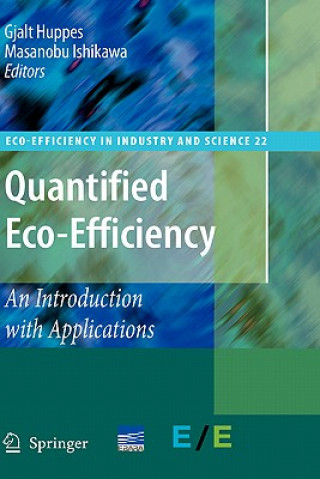
Kód: 01416970
Quantified Eco-Efficiency
Autor Gjalt Huppes, Masanobu Ishikawa
Eco-efficiency has long been a concept: the intention of reducing environmental impact while increasing environmental value. Its origins are with the World Business Council for Sustainable Development. However, in a globalized wor ... celý popis
- Jazyk:
 Angličtina
Angličtina - Väzba: Pevná
- Počet strán: 332
Nakladateľ: Springer-Verlag New York Inc., 2007
- Viac informácií o knihe

Mohlo by sa vám tiež páčiť
-
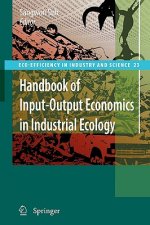
Handbook of Input-Output Economics in Industrial Ecology
470.08 € -
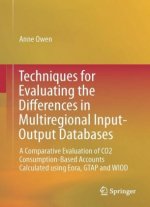
Techniques for Evaluating the Differences in Multiregional Input-Output Databases
149.13 € -
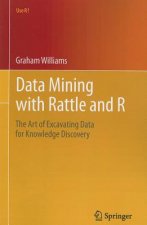
Data Mining with Rattle and R
111.92 € -

Algebra
63.48 € -5 % -
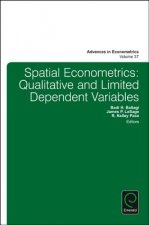
Spatial Econometrics
123.46 € -22 % -
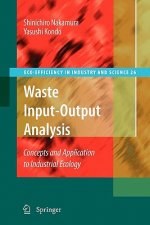
Waste Input-Output Analysis
129.77 € -

R and Data Mining
106.61 € -
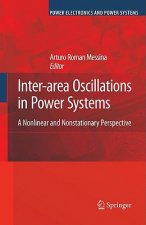
Inter-area Oscillations in Power Systems
208.51 € -

Solutions Manual for Geometry
71.30 € -

A Promised Land
37.40 € -21 % -

The Only Study Guide You'll Ever Need
16.24 € -23 % -

Drawing and Painting Botanicals for Artists
20.45 € -23 % -

MEET THE CARS
13.53 € -4 % -

The Mental Game of Trading
34.19 € -14 % -

The H. P. Lovecraft Collection: Deluxe 6-Volume Box Set Edition
50.74 € -14 % -

French Revolution
16.84 € -14 % -

Centre Pompidou - The Collection of the National Museum of M
23.96 € -

Acts of Desperation
10.22 € -19 % -

King of Scars
12.73 € -4 % -
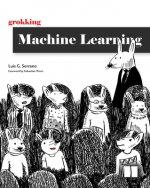
Grokking Machine Learning
60.37 € -

National Geographic Kids Readers: In the Ocean (L1/Co-reader)
6.21 € -

Don't Worry, be Grumpy
14.13 € -23 % -

Marvel: The Tiny Book of Scarlet Witch and Vision
14.43 € -5 % -

Sky Longing For Memories
31.18 € -11 % -

Press and the State
123.66 € -

The Husky and His White Cat Shizun: Erha He Ta De Bai Mao Shizun (Novel) Vol. 1
16.64 € -23 % -
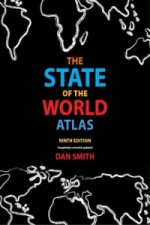
State of the World Atlas
18.34 € -13 % -

Daytripper
22.06 € -21 % -

Some Girls Do
9.92 € -22 % -
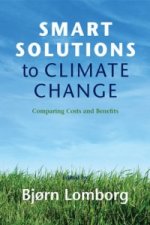
Smart Solutions to Climate Change
34.59 € -

Journal 1837-1861
25.87 € -15 % -

Past and Present
113.23 € -
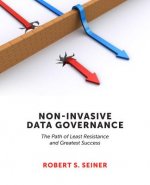
Non-Invasive Data Governance
40.21 € -
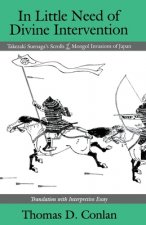
In Little Need of Divine Intervention
29.58 € -

Arbeitsbuch Chemie für Mediziner und Biologen
30.98 € -5 %
Darčekový poukaz: Radosť zaručená
- Darujte poukaz v ľubovoľnej hodnote, a my sa postaráme o zvyšok.
- Poukaz sa vzťahuje na všetky produkty v našej ponuke.
- Elektronický poukaz si vytlačíte z e-mailu a môžete ho ihneď darovať.
- Platnosť poukazu je 12 mesiacov od dátumu vystavenia.
Viac informácií o knihe Quantified Eco-Efficiency
Nákupom získate 772 bodov
 Anotácia knihy
Anotácia knihy
Eco-efficiency has long been a concept: the intention of reducing environmental impact while increasing environmental value. Its origins are with the World Business Council for Sustainable Development. However, in a globalized world with sustained economic growth environmental degradation is threatening. Macro level requirements on sustainability should be reflected in the eco-efficiency of choices at a micro level, like on technologies, supply chains and product systems. Eco-efficiency analysis has come to fruition as a fully quantified method for analysis, linking to specific domains of economic modelling, specific environmental models, and several methods for integrating these two domains into eco-efficiency scores. This eco-efficiency analysis can guide choices in policy, business, and consumptions activities, all from a single common background.§A central asset of eco-efficiency analysis is that it does not depend on a specific evaluation of environmental impacts against economic effects, avoiding the often disputed results of neo-classical evaluation methods. For integrating the different environmental scores several evaluation methods may be used including those based on willingness-to-pay, panel procedures, and public statements on policy goals. Each may have advantages, but in line with the normative neutrality strived for in eco-efficiency, these preference and value choices may be avoided to some extent. This can be done either by taking a common denominator or by having less demanding objectives, for instance focusing on efficiency of measures only. §A substantial Japanese paper on Maximum Abatement Cost method and a paper on revealed public preferences in The Netherlands comprise the first section on methods. Next, there are four sections on domains of application of eco-efficiency analysis. In the Agriculture section, a case on conservation agriculture in China is worked out, using input-output analysis. In the Industry section, cases range from supply chain management to waste water management and methods to speed up innovation. In the Products & Consumption section, cases refer to overall household performance, specific energy products and methods for upgradeable product design. Finally, in the Recycling section, cases relate to increasing the supply of secondary materials and to increasing secondary materials use.Eco-efficiency has long been a concept: the intention of reducing environmental impact while increasing environmental value. Its origins are with the World Business Council for Sustainable Development. However, in a globalized world with sustained economic growth environmental degradation is threatening. Macro level requirements on sustainability should be reflected in the eco-efficiency of choices at a micro level, like on technologies, supply chains and product systems. Eco-efficiency analysis has come to fruition as a fully quantified method for analysis, linking to specific domains of economic modelling, specific environmental models, and several methods for integrating these two domains into eco-efficiency scores. This eco-efficiency analysis can guide choices in policy, business, and consumptions activities, all from a single common background.§A central asset of eco-efficiency analysis is that it does not depend on a specific evaluation of environmental impacts against economic effects, avoiding the often disputed results of neo-classical evaluation methods. For integrating the different environmental scores several evaluation methods may be used including those based on willingness-to-pay, panel procedures, and public statements on policy goals. Each may have advantages, but in line with the normative neutrality strived for in eco-efficiency, these preference and value choices may be avoided to some extent. This can be done either by taking a common denominator or by having less demanding objectives, for instance focusing on efficiency of measures only. §A substantial Japanese paper on Maximum Abatement Cost method and a paper on revealed public preferences in the Netherlands comprise the first section on methods. Next, there are four sections on domains of application of eco-efficiency analysis. In the Agriculture section, a case on conservation agriculture in China is worked out, using input-output analysis. In the Industry section, cases range from supply chain management to waste water management and methods to speed up innovation. In the Products & Consumption section, cases refer to overall household performance, specific energy products and methods for upgradeable product design. Finally, in the Recycling section, cases relate to increasing the supply of secondary materials and to increasing secondary materials use.
 Parametre knihy
Parametre knihy
Zaradenie knihy Knihy po anglicky Economics, finance, business & management Economics Environmental economics
305.90 €
- Celý názov: Quantified Eco-Efficiency
- Podnázov: An Introduction with Applications
- Autor: Gjalt Huppes, Masanobu Ishikawa
- Jazyk:
 Angličtina
Angličtina - Väzba: Pevná
- Počet strán: 332
- EAN: 9781402053986
- ISBN: 1402053983
- ID: 01416970
- Nakladateľ: Springer-Verlag New York Inc.
- Hmotnosť: 1450 g
- Rozmery: 235 × 162 × 23 mm
- Dátum vydania: 09. January 2007
Obľúbené z iného súdka
-
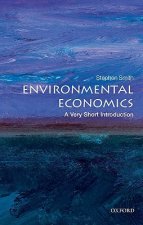
Environmental Economics: A Very Short Introduction
9.92 € -22 % -
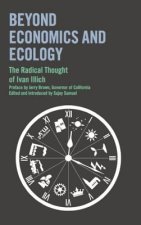
Beyond Economics and Ecology
18.85 € -
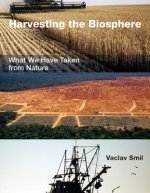
Harvesting the Biosphere
33.59 € -

2052
21.55 € -23 % -
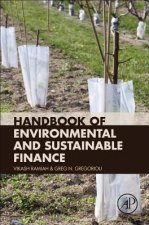
Handbook of Environmental and Sustainable Finance
71.90 € -24 % -

Climate Shock
41.61 € -

Harvesting the Biosphere
34.39 € -11 % -
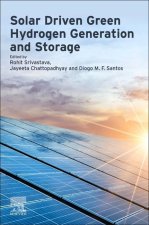
Solar Driven Green Hydrogen Generation and Storage
181.63 € -10 % -

Green New Deal
29.98 € -23 % -

Economics of Natural Resources and the Environment
46.03 € -
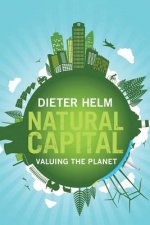
Natural Capital
17.94 € -12 % -

Plundered Planet
12.03 € -23 % -

Principles of Sequence Stratigraphy
94.67 € -10 % -
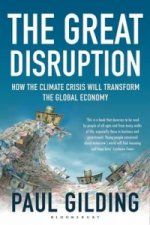
Great Disruption
26.27 € -

Bet
23.06 € -9 % -
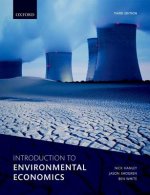
Introduction to Environmental Economics
80.33 € -

Indra's Net and the Midas Touch
10.12 € -11 % -
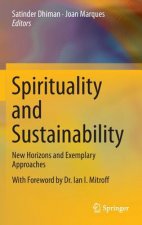
Spirituality and Sustainability
135.59 € -

Environmentalism of the Poor
47.43 € -27 % -
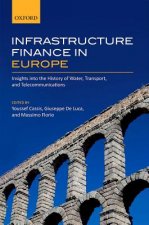
Infrastructure Finance in Europe
229.17 € -

Comprehensive Evaluation of Environmental Management Policies and Technologies
113.73 € -
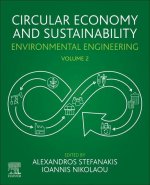
Circular Economy and Sustainability
231.18 € -

Capitalism in the Web of Life
106.71 € -

Environmental Economics and Natural Resource Management
94.57 € -
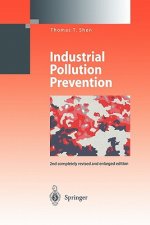
Industrial Pollution Prevention
208.51 € -

Intermediate Environmental Economics
212.92 € -

Renewable Energy and Energy Efficiency
66.79 € -
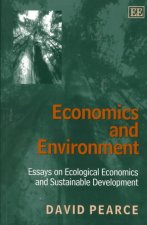
Economics and Environment
43.82 € -10 % -

Handbook of Thermal Management Systems
241.81 € -
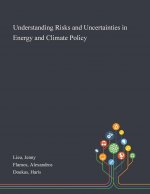
Understanding Risks and Uncertainties in Energy and Climate Policy
54.28 € -
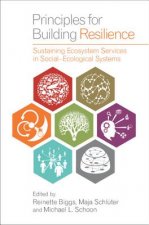
Principles for Building Resilience
80.63 € -
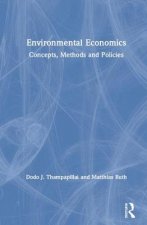
Environmental Economics
208.51 € -
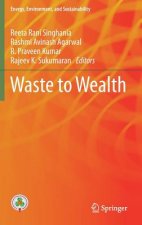
Waste to Wealth
269.39 € -

Resilient and Sustainable Farming Systems in Europe
118.64 € -

Sustainability
147.13 € -
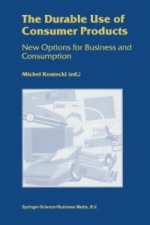
Durable Use of Consumer Products
124.36 € -
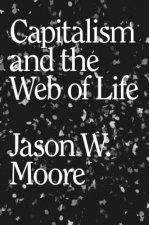
Capitalism in the Web of Life
30.88 € -
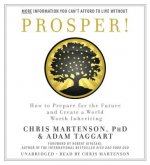
Prosper!
25.16 € -13 % -
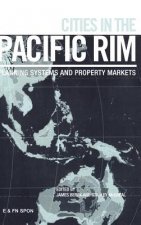
Cities in the Pacific Rim
269.39 € -

Biofuel Cells
214.22 € -

Korea
149.13 € -

Global Challenges
120.95 € -
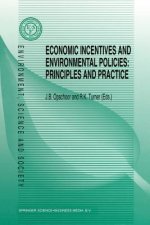
Economic Incentives and Environmental Policies
68.59 € -
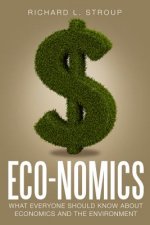
Economics
15.94 € -1 % -

Advances in Natural Gas: Formation, Processing and Applications. Volume 1: Natural Gas Formation and Extraction
255.65 € -

Handbook of Bioenergy
135.59 € -
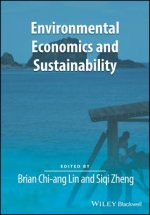
Environmental Economics and Sustainability
42.32 € -
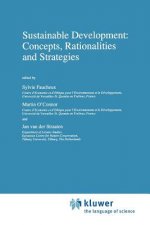
Sustainable Development: Concepts, Rationalities and Strategies
208.51 € -

Economic Valuation with Stated Preference Techniques
175.11 € -10 %
Osobný odber Bratislava a 2642 dalších
Copyright ©2008-24 najlacnejsie-knihy.sk Všetky práva vyhradenéSúkromieCookies



 21 miliónov titulov
21 miliónov titulov Vrátenie do mesiaca
Vrátenie do mesiaca 02/210 210 99 (8-15.30h)
02/210 210 99 (8-15.30h)